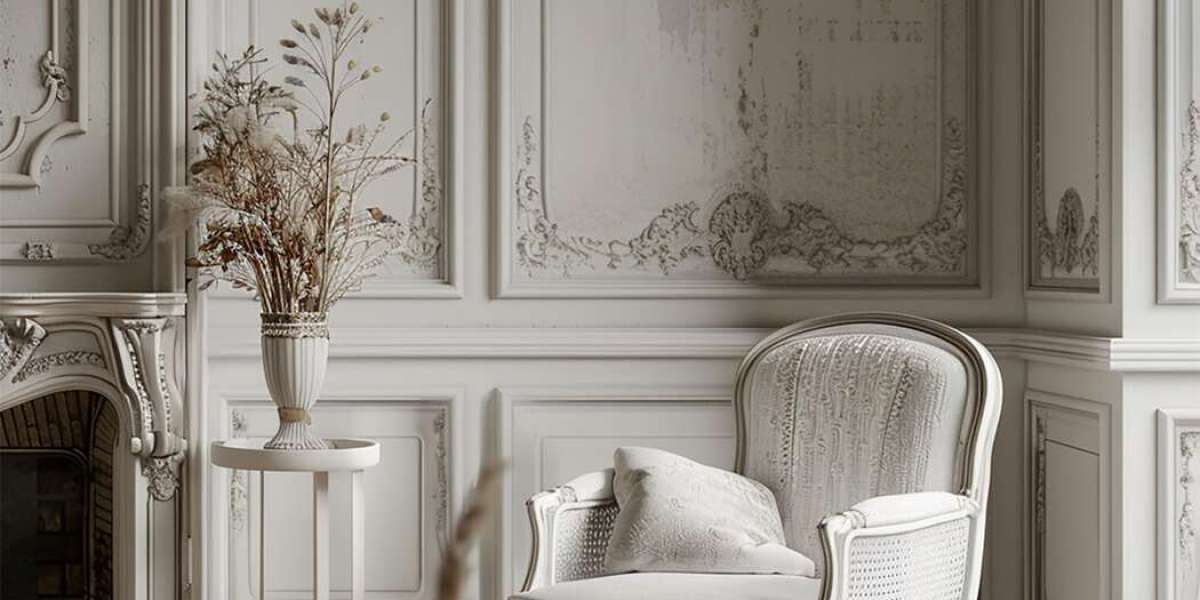Introduction to Bauhaus Design
Bauhaus design is a timeless style rooted in the principles of simplicity, functionality, and artistic innovation. Originating in Germany during the early 20th century, this design movement sought to bridge the gap between fine art and practical design. Today, Bauhaus continues to influence architecture, interior design, and furniture with its minimalist approach and focus on craftsmanship.
Key Principles of Bauhaus Design
Functionality Over Ornamentation
The Bauhaus philosophy emphasizes functionality, rejecting unnecessary decoration in favor of clean lines and practical forms. Every element in a Bauhaus-inspired space serves a purpose, creating environments that are both aesthetically pleasing and efficient.
Emphasis on Geometry
Geometric shapes, including circles, squares, and triangles, are hallmarks of Bauhaus design. These shapes are often seen in furniture, lighting, and architectural details, giving spaces a modern and structured appearance.
Innovative Use of Materials
Bauhaus designers experimented with materials like steel, glass, and concrete to create sleek and durable designs. These materials continue to play a significant role in contemporary interpretations of the style.
Incorporating Bauhaus Design Into Your Interior
Furniture and Decor
Opt for furniture with clean lines, simple forms, and minimal ornamentation. Pieces like tubular steel chairs, glass coffee tables, and modular shelving units embody the Bauhaus aesthetic. Decorate sparingly with abstract artwork or geometric rugs to enhance the visual appeal.
Lighting
Lighting is crucial in Bauhaus interiors. Choose fixtures with geometric shapes and industrial materials, such as pendant lamps with metal shades or floor lamps with exposed bulbs. Functional yet stylish, Bauhaus lighting enhances the overall ambiance of a space.
Color Palette
The Bauhaus color palette is often neutral, with shades of white, black, and gray dominating. However, bold primary colors like red, blue, and yellow can be incorporated as accents to add vibrancy and depth.
The Role of Interior Doors in Bauhaus Design
Interior doors are an integral part of a Bauhaus-inspired space. Their design should align with the movement’s principles of simplicity and functionality. Opt for doors https://doordesignlab.com/ with clean, smooth surfaces and minimal detailing. Materials like wood or metal with a matte or semi-gloss finish work well. Glass panel doors can also enhance natural light flow, a key element in Bauhaus interiors. Choosing the right door design ensures a cohesive look throughout your space.
Designing Different Spaces with Bauhaus
Living Room
Incorporate a modular sofa, a minimalist coffee table, and a geometric area rug. Use Bauhaus-style lighting to create focal points, and keep decor minimal to maintain the clean aesthetic.
Kitchen and Dining
For the kitchen, choose sleek cabinetry and stainless steel appliances. In the dining area, a minimalist table paired with tubular steel chairs offers a functional yet stylish look.
Bedroom
Create a serene bedroom with a simple platform bed, streamlined nightstands, and geometric-patterned bedding. Add a Bauhaus-style pendant lamp or wall sconce for functional lighting.
Conclusion
Bauhaus design is more than just an aesthetic; it’s a philosophy that values simplicity, functionality, and innovation. By incorporating its principles into your interior spaces, including thoughtful choices for furniture, decor, and even interior doors, you can create an environment that is both timeless and modern. Embrace the Bauhaus ethos, and transform your home into a harmonious blend of art and practicality.













